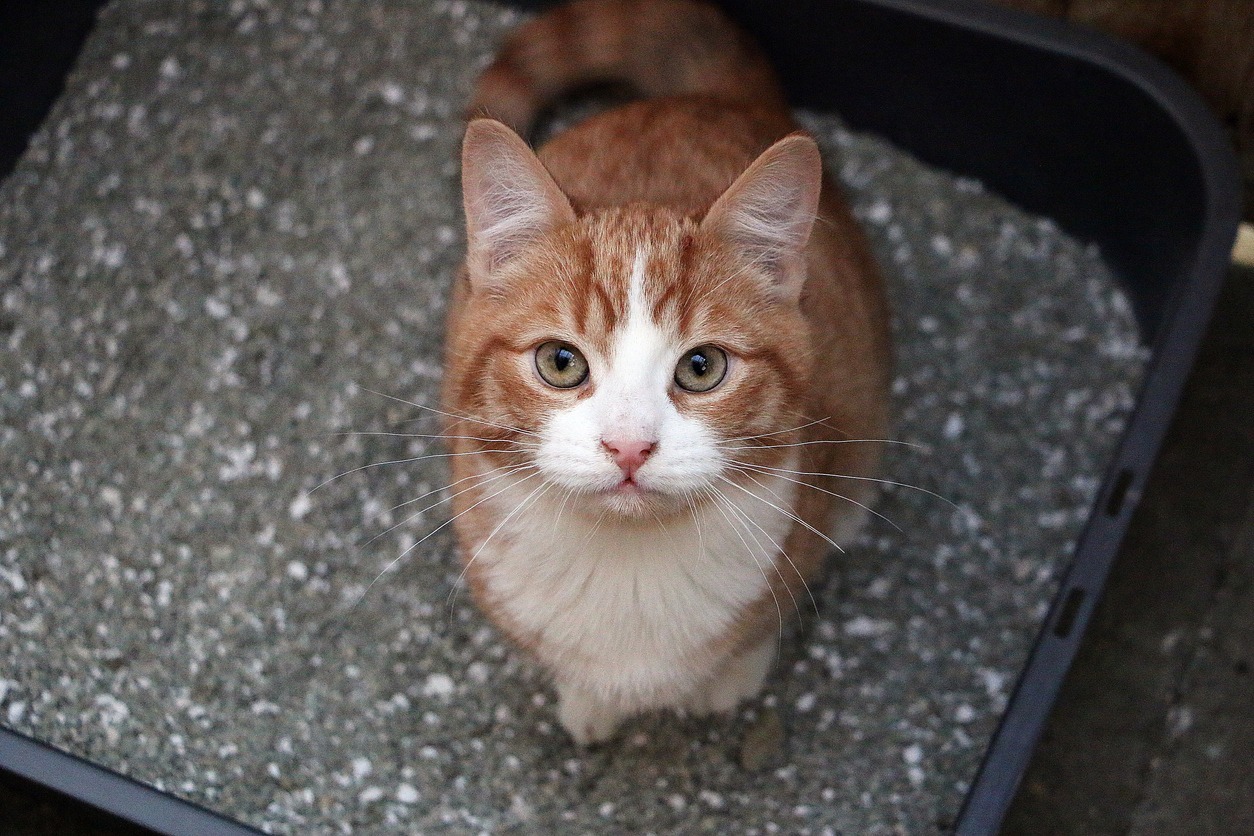Having a cat in your household is fun, but you also have to take responsibility for owning it. Cat owners must devise methods to reduce odor, keep the floor clean, and ensure that their cats utilize the litter box properly. One of the difficulties of maintaining a cat is the cleaning and refilling the litter container.
Maybe, you will love cats like the Sokoke cat breed, a faithful cat that all pet lovers must have. They are easy to mingle with humans, and it is not difficult to follow instructions. Continue reading for tips on keeping your cat’s litter box clean, fresh, and appealing.
Place the box in a quiet yet accessible location
It may be tempting to hide your cat’s litter box, but its location is critical for the feline’s sense of security. Your cat’s box should be in a peaceful, easy-to-access place away from food and water bowls. If you have a small flat, keep the box away from a noisy heater or washer/dryer.
Stick to non-fragrant litter
If your cat isn’t using his litter box, gradually switch to a different sort of cat litter until he discovers one he enjoys. Waste comes in various kinds and textures, ranging from clay to silica gel to biodegradable and beyond.
In the box, pour in the baking Soda
If your cat is unlikely to enjoy scented litter, you may try adding a little baking soda to the bottom of the box. Experiment to find the right balance of baking Soda and litter to reduce smells without offending your cat’s sense of smell or discouraging from using the litter box.
Wash the box
Cat behavior experts recommend scooping your cat’s waste from the litter box twice a day to decrease odor. Basic cleaning may also help to improve the smell. Wash the tray entirely once a week to prepare it for a whole batch of fresh litter.
Change the box yearly
Every year, you should purchase a new litter box for your cat. Your cat’s claws and the scooper can scratch the plastic, leaving microscopic grooves that germs love to hide in. Try to find one similar in size and look to the one your cat is used to.
Make a simple DIY One
Many commercial litter boxes are too tiny for the average domestic cat, notably giant breeds. The specialist recommends using a big plastic rectangular storage dish with the proper depth and room for a cat to navigate comfortably. Your cat should be able to dig in the box, conceal her feces by scraping litter back, and circle it.
Avoid covered boxes
A cover can restrict your cat’s movement since cats spin around and rummage inside their boxes, and they need to feel like they can quickly escape from predators.
Keep it simple
Electronic litter boxes are more trouble than they’re worth. Some of these self-cleaning boxes have noisy motors, clog quickly, and are too small for your cat to walk around in. When you clean the litter box, it’s a good moment to check on your cat’s health. You could notice constipation, diarrhea, a larger-than-normal pee clump, or no urine clump at all.
Litter Waste Proper Disposal
- Equipment / Tools
- Wastebasket or disposal pail
- Materials
- Litter box
- Cat litter
- Litter box liner (optional)
- Litter scoop
- Unscented dish soap
- Paper towels
Instructions
1. Two to three inches of litter is recommended by cat litter producers. Liners are also handy for non-scooping waste since they catch any pee that escapes. After you’ve finished filling the litter box, level the trash to provide a friendly, smooth surface for the kittens.
2. With clumping litter, scooping is easy because urine clumps into fairly solid chunks, which can be scooped out while sifting the clean debris back into the box. You may need to add fresh litter after scooping to replace the lost amount. Poop gets coated with the trash to not stick to the scoop.
3. Scooping up litter and disposing of it is considerably more accessible now. Simply place the plastic bagging material inside the Genie and secure it with a knot. Simply remove the bag and contents on garbage day and toss them in the trash container.
4. Using clumping litter that you regularly scoop will keep the litter box smelling fresh and clean for a while. Non-clumping trash must be emptied and washed much more often. Some natural litters are flushable, but the entire contents of a litter box should never be dumped into the toilet.
Final Thoughts
Owning a cat is a fun experience. However, you always have to remember the responsibility of being a fur parent. One of your responsibilities for owning a cat is to maintain its litter box. Having a clean litter box is a must to prevent disease and keep both of you and your cat healthy.
If you are having trouble maintaining a clean litter box, following the tips above could help you with it. Being mindful of these tips and techniques would help you save time and effort, resulting in a stronger bond with your cat.
